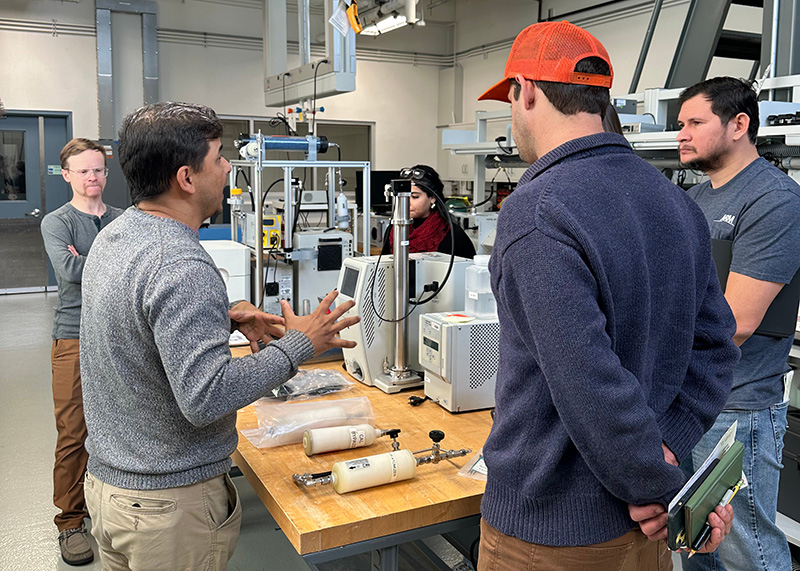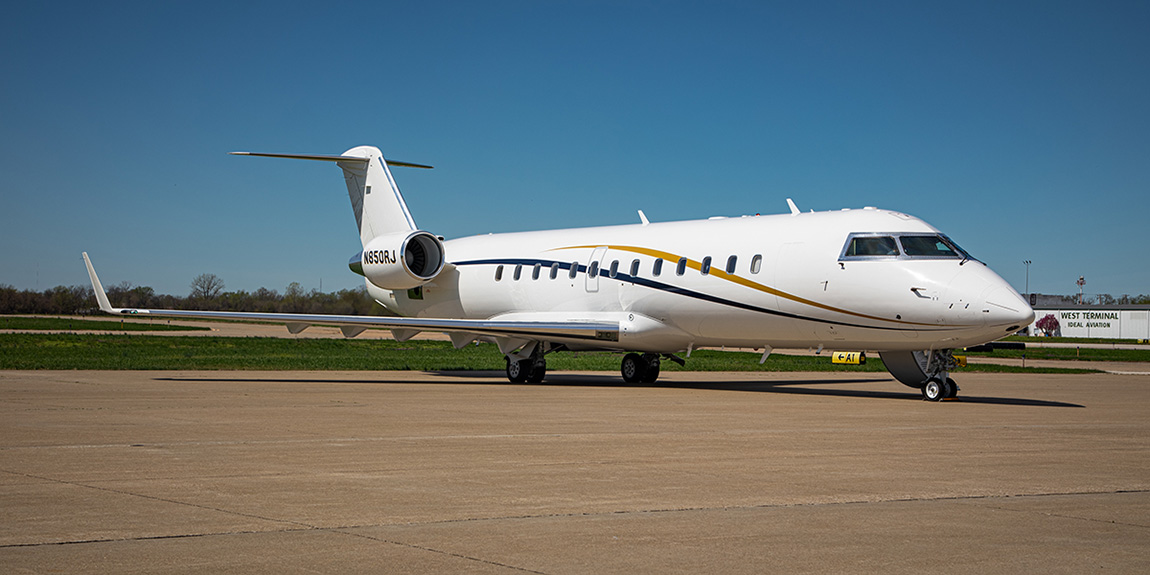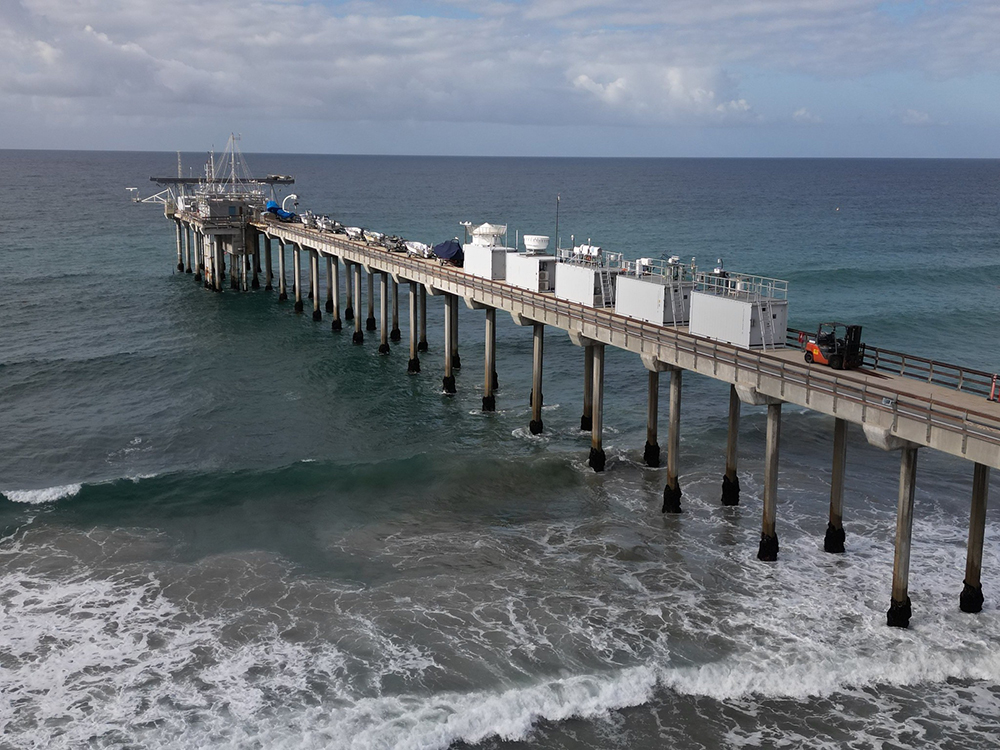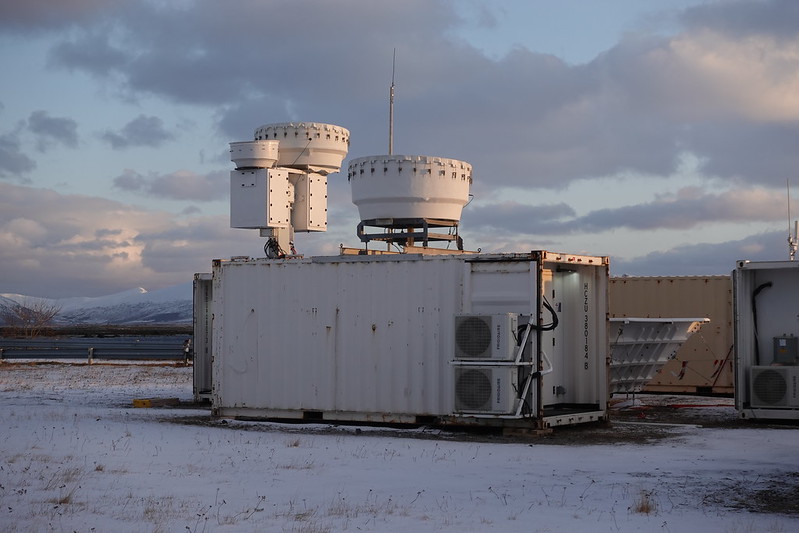Progress Update: FY2024 ARM Development Milestones and Priorities
Published: 24 May 2024
Editor’s note: This is an update from ARM Associate Director for Research Jennifer Comstock, who also oversees ARM science product development and the Engineering Review Board.

Each year, ARM sets priorities that guide the facility’s development activities throughout the year. Many of these priorities become milestones that staff track in ARM’s internal ServiceNow system. Progress is reported quarterly to DOE ARM Program Manager Sally McFarlane based on updates provided in ServiceNow.
ARM has both short- and long-term priorities that are based on several factors. Short-term priorities are often related to preparation for upcoming field campaigns; yearly radar and aerosol plans; facility improvements, such as user-facing and operational tools; and instrument upgrades or refreshes. Long-term priorities are driven by ARM’s Decadal Vision and Triennial Review actions.
Now that we have passed the halfway point of fiscal year 2024 (FY2024), I want to update you on where we stand with our high-priority activities for the year.
Deployment Preparations and Aerosol Activities

In April, ARM began the Cloud And Precipitation Experiment at kennaook (CAPE-k). In addition to monitoring instrument operations during CAPE-k, ARM is focused on the start-up of the Bankhead National Forest (BNF) atmospheric observatory and preparation for the Coast-Urban-Rural Atmospheric Gradient Experiment (COURAGE).
At the BNF, site operations staff are busy with site preparation while instrument mentors focus on final design and build activities for the deployment of new capabilities on and around a 140-foot (42.7-meter) walk-up tower, such as aerosol and radiation fluxes, and distributed aerosol measurements at the supplementary sites.
Additional aerosol activities around ARM include the development of an aerosol calibration facility at Brookhaven National Laboratory and the deployment of new aerosol instrumentation to the North Slope of Alaska (NSA) observatory, including an aerosol chemical speciation monitor (ACSM), a single-particle soot photometer (SP2), and an aerodynamic particle sizer (APS).
Radar Engineering and Data
The radar engineering team recently deployed a Marine W-Band ARM Cloud Radar (MWACR) and Ka-Band ARM Zenith Radar (KAZR) for CAPE-k. Soon, the team will deploy a KAZR, scanning ARM cloud radar (SACR), and second-generation C-Band Scanning ARM Precipitation Radar (CSAPR2) for the extended BNF deployment and a KAZR for COURAGE. ARM is also procuring an additional portable C-band radar for deployment with the first or second ARM Mobile Facility (AMF1 or AMF2).
The radar data mentors remain focused on processing b-level data for the Surface Atmosphere Integrated Field Laboratory (SAIL) campaign and the Eastern Pacific Cloud Aerosol Precipitation Experiment (EPCAPE). Data at the b-level have undergone calibration, correction, and quality control processes beyond ARM’s standard quality checks and corrections.
Aerial Capabilities
ARM’s tethered balloon system team conducted flights at the Southern Great Plains (SGP) observatory in February. Additional FY2024 flights at the SGP are planned for June, July, and September.
Meanwhile, the ARM Aerial Facility (AAF) had its first open proposal call for flights of the ArcticShark uncrewed aerial system at the SGP, and the selected campaign is taking place in May.
The AAF is also planning for the transition of the new Bombardier Challenger 850 research aircraft to operations, with aircraft modifications and upgrades ongoing.

Science Products and Data Services

ARM’s science translators continue to produce core value-added products (VAPs) for the recent SAIL and EPCAPE campaigns. New development is ongoing for VAPs such as merged aerosol size distributions, best estimates of planetary boundary-layer height, precipitation retrievals, and an upgraded Active Remote Sensing of CLouds (ARSCL) product.
Modeling products will include expanding variational analysis to SAIL and the Multidisciplinary Drifting Observatory for the Study of Arctic Climate (MOSAiC) expedition and incorporating lidar simulator capabilities into version 3 of DOE’s Energy Exascale Earth System Model (E3SMv3) and the new Simple Cloud-Resolving E3SM Atmosphere Model (SCREAM).
The Large-Eddy Simulation (LES) ARM Symbiotic Simulation and Observation (LASSO) team is working to simulate stratocumulus cases at the Eastern North Atlantic (ENA) observatory and is looking ahead to identify the next scenario with user input gained from a recent workshop.
ARM’s data analysts are focused on Decadal Vision topics such as regime analysis, data characterization, and uncertainty analysis. Some examples include regime classification of open- and closed-cell stratocumulus at the ENA and a product that provides source attribution for air masses over ARM sites using back trajectories.

Analysts are also addressing measurement gaps identified in the Decadal Vision, including ice precipitation and aerosol vertical profiles, and working to make scanning radar data more accessible to users. Priorities include providing scanning cloud radar metadata and object statistics for the Cold-Air Outbreaks in the Marine Boundary Layer Experiment (COMBLE) and developing cell tracking statistics for the TRacking Aerosol Convection interactions ExpeRiment (TRACER) using the campaign’s CSAPR2 data.
Supporting all these activities are software engineers who develop user-facing and operational tools and ingests along with VAPs that help bring data from the observatories to the ARM user community. Priorities this year include improving operational tools to help ARM track its property assets and monitor data flow from measurement sites through to data archival. ARM also continues to add features to the ARM Data Workbench to help users interact with ARM data, and it is refreshing the ARM website.
Data systems and databases are being upgraded to help keep them current and ensure that various tools and processes continue to run smoothly.
Engage With ARM
You can check out the statuses of our high-priority activities on the ARM Priorities web page. The page also includes links to related engineering changes (ENGs) in ServiceNow.
If you have any questions about ARM’s FY2024 priorities, please contact the Engineering and Process Management group. Also, if you have an idea for a future ARM capability, you can use ARM’s web form to request measurements, data products, or services that would help advance your science area.
Keep up with the Atmospheric Observer
Updates on ARM news, events, and opportunities delivered to your inbox
ARM User Profile
ARM welcomes users from all institutions and nations. A free ARM user account is needed to access ARM data.


















